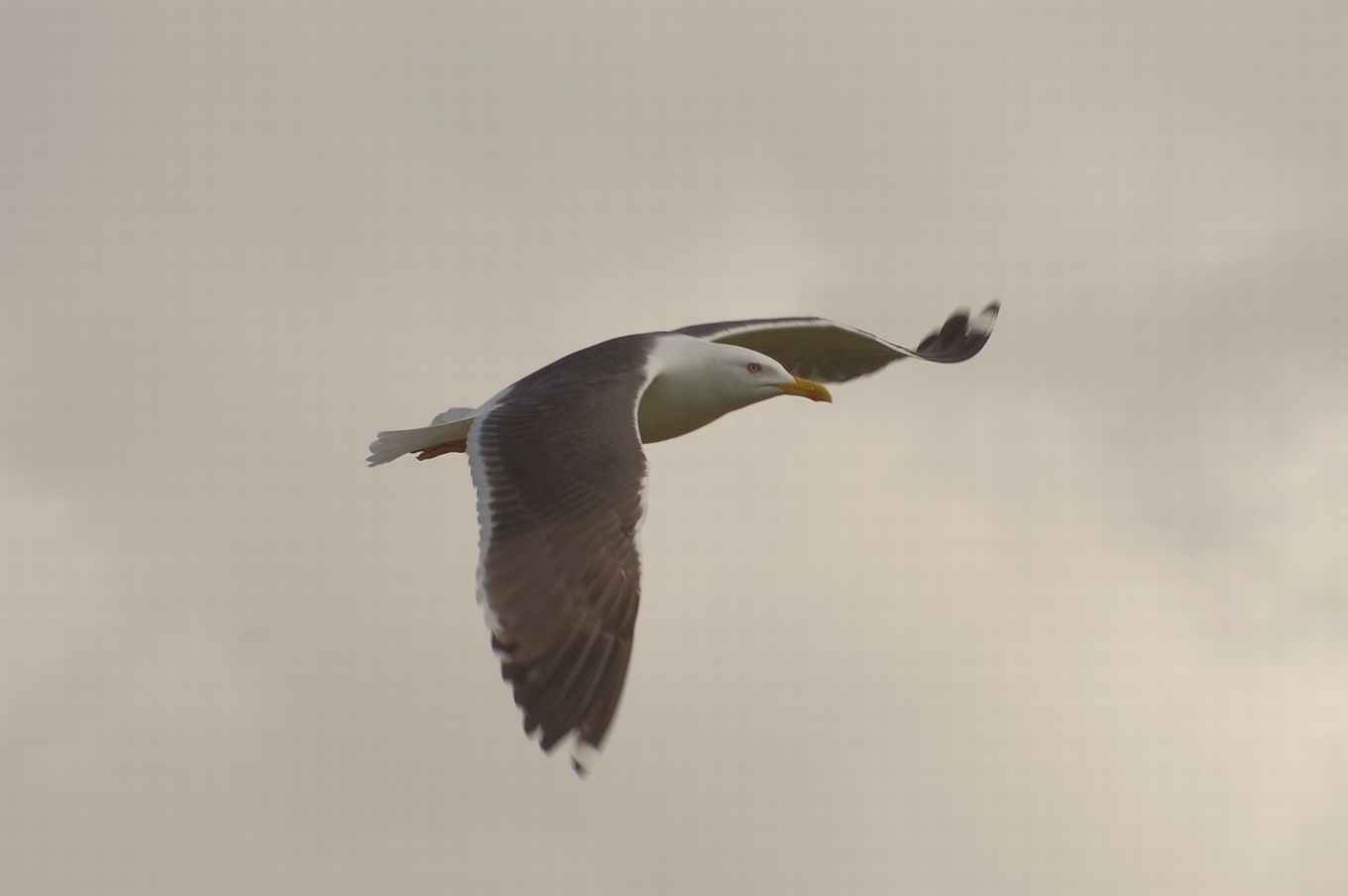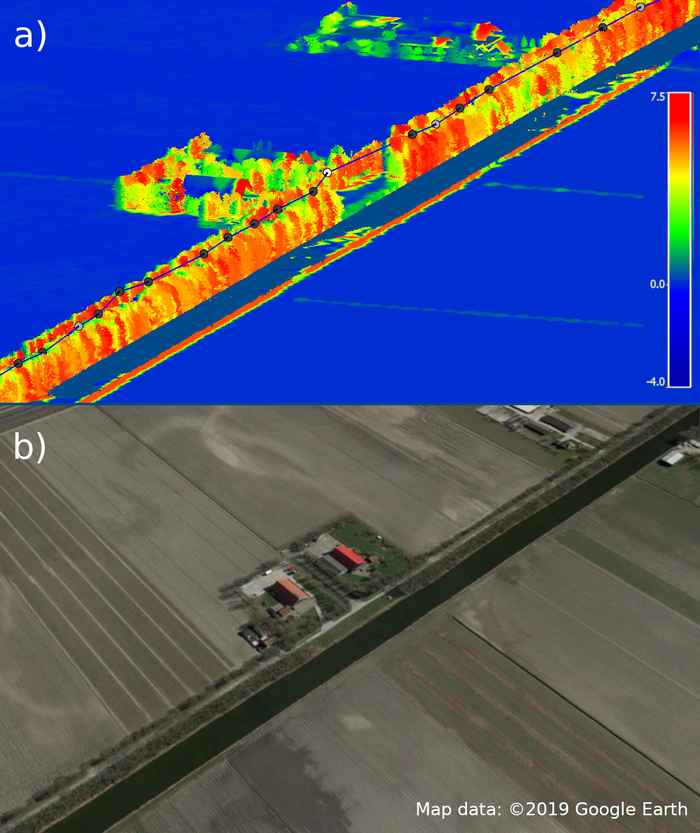Gulls know how to use landscape features to optimize flight
11 July 2019

The human altered landscape is undergoing rapid change and development, and the impact of such changes, from single species to entire ecosystems, is broad and complex. The recently published study shows how small changes in land use may indirectly impact species movement as a result of the highly dynamic relationship between the surface of the earth and the atmosphere.
Orographic lift
The study focused on two flight generalist gull species, herring gulls and lesser black-backed gulls. These species spend a lot of time inland, foraging in urban and agricultural areas. The researchers wanted to better understand how gulls utilize the atmospheric environment created by a terrestrial landscape and how it might affect their movement paths. More specifically they were interested to what extent the gulls utilise orographic lift, the upward deflection of moving air due to physical obstacles across their terrestrial surroundings, and whether orographic lift shaped their flight route.
Elspeth Sage, PhD candidate at the UvA Institute for Biodiversity and Ecosystem Dynamics (IBED), was the main researcher involved in this research: ‘Gulls encounter and soar upon proportionally higher amounts of orographic lift in their terrestrial movements than if they were to move between their destinations without considering environmental features. This indicates that gulls have an advanced knowledge of their aerial environment with respect to orographic lift and that they know how to use atmospheric features such as orographic lift on a very fine scale in order to save energy through soaring flight.’
GPS data
The bird movement data was collected by using the UvA Bird Tracking Systems, UvA-BiTS. Gulls were tracked with a ‘solar-powered backpack’, that measured high resolution GPS and accelerometer data to accurately identify the exact location and behaviour of the gulls. By coupling this data with high resolution land use data and local wind information, the research team was able to model the orographic lift generated by the atmosphere down to a scale of meters.
‘We were particularly excited to see that even in the landscape of North Holland, where the terrain is very flat and largely below sea level, relatively small landscape features such as tree lines generate enough orographic uplift to support soaring flight,’ Sage explains.

Predicting bird movement
Just like terrestrial and marine environments, the atmosphere is an ecological habitat, and this should be taken into consideration when studying and conserving species. Sage concludes: ‘By gaining a deeper understanding of the drivers for bird movement through the atmosphere, we can begin to predict important flight corridors and identify areas of convergence which provide important energetic resources to these birds.’
Publication details
Elspeth Sage, Willem Bouten, Bart Hoekstra, Kees C.J. Camphuysen & Judy Shamoun-Baranes (2019). Orographic lift shapes flight routes of gulls in virtually flat landscapes. Scientific Reports 9, article number: 9659. https://www.nature.com/articles/s41598-019-46017-x